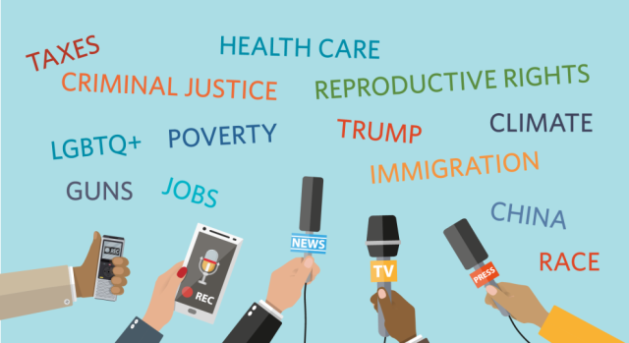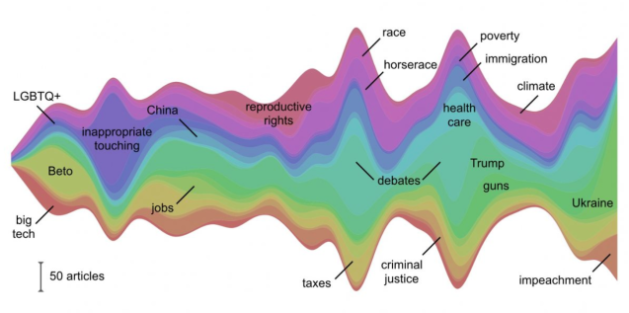
Santa Clara, circa 1910. Photo via Wikipedia.
My Northeastern colleagues Aleszu Bajak and Jeff Howe have written a commentary for The New York Times about how the right-wing media weaponized a Stanford study that suggested COVID-19 infections in Santa Clara, California, might be far more widespread than had been previously thought.
The study showed the infection rate might be 85 times higher than the official estimate. What excited the right about this was that it would mean a much lower death rate — possibly as low as 0.12%. So, gee, let’s open up, shall we?
The larger point Bajak and Howe make in their commentary, complete with data visualizations, is the danger of unvetted science ripping through the media so that it can be exploited for partisan purposes. The Stanford study, a so-called preprint that had not yet been peer-reviewed, turned out to be flawed. That’s not to say there isn’t some valuable data in it. But, as Bajak and Howe write:
The instant sharing of valuable data has accelerated our race for vaccines, antivirals and better tests. But this welter of information, much of it conflicting, has sown confusion and discord with a general public not accustomed to the high level of uncertainty inherent in science.
As it turns out, I spent three hours watching Fox News’ prime-time lineup on April 20, a day when yet another not-ready-for-prime-time study was making the rounds. This one was from the University of Southern California, which suggested — according to a press release (!) — that “infections from the new coronavirus are far more widespread — and the fatality rate much lower — in L.A. County than previously thought.” The release went on to note that the data showed the infection rate might be 28 to 55 times higher than experts had estimated several weeks earlier.
Tucker Carlson touted it. So did Laura Ingraham. “They were predicting doom and gloom,” she asserted, claiming that the response to COVID-19 would have been completely different if officials knew the fatality rate was so low.
Healthline, a respected source of health-related information, analyzed both studies in some depth and took a measured approach in assessing their importance: “There are disagreements about one study’s validity, and experts point out the statistical models and manner that participants were chosen might have biased the results. Although there’s agreement that the findings are plausible.”
What isn’t changed by any of this is that more than 80,000 people in the U.S. have died of COVID-19 in just a few months. And that toll would have been much higher if not for the extraordinary actions taken by state and local governments.


